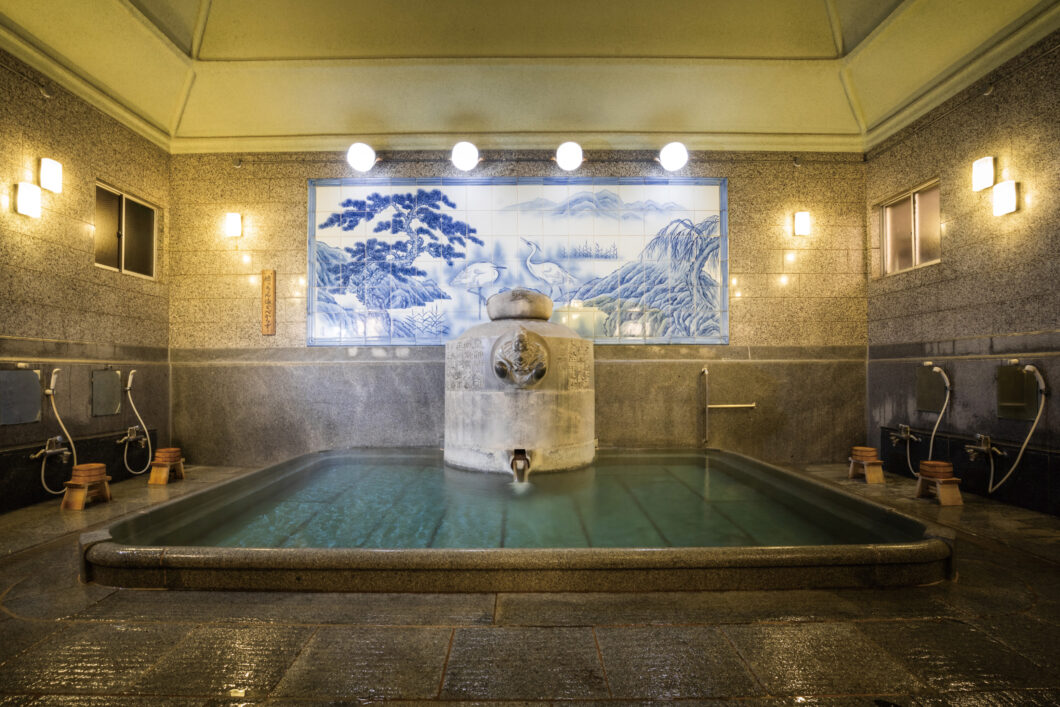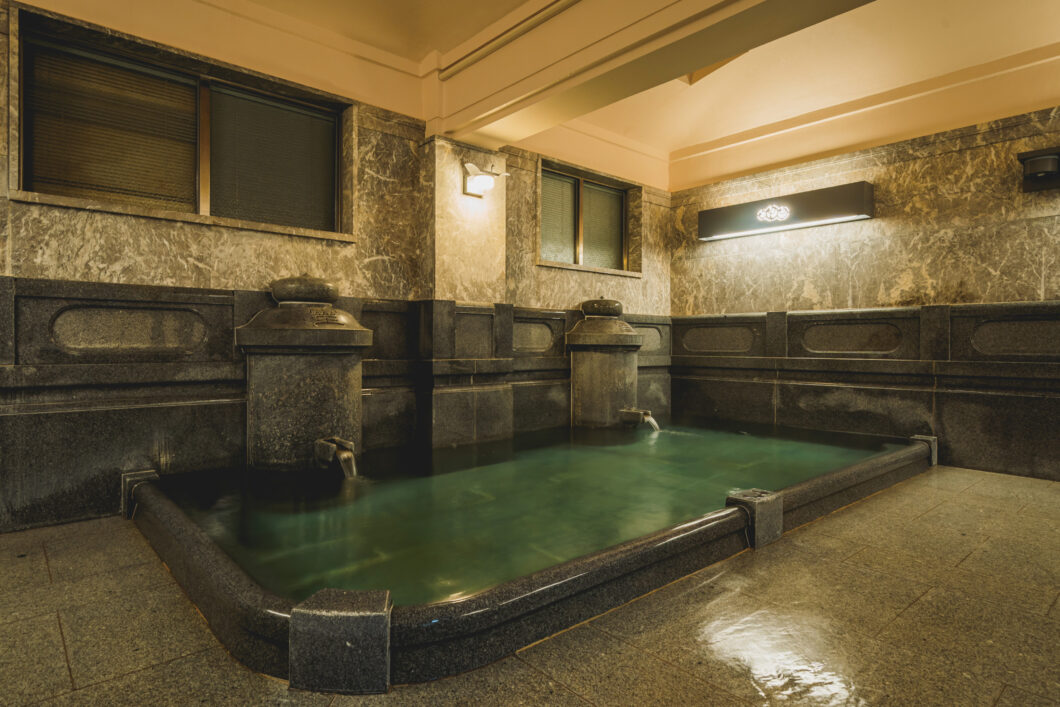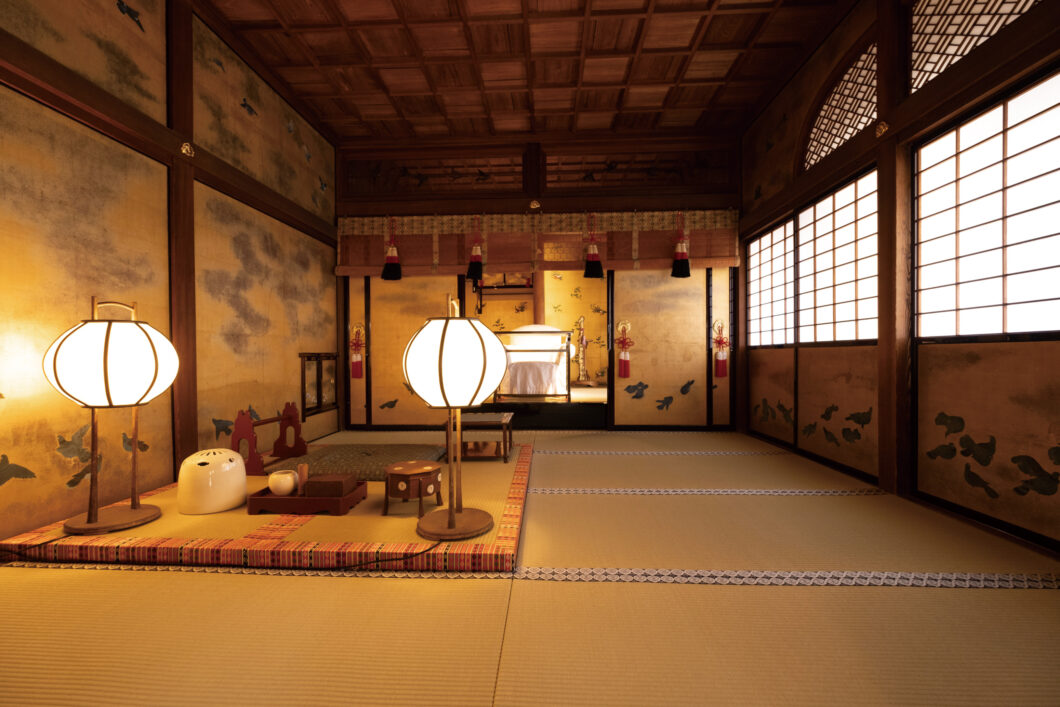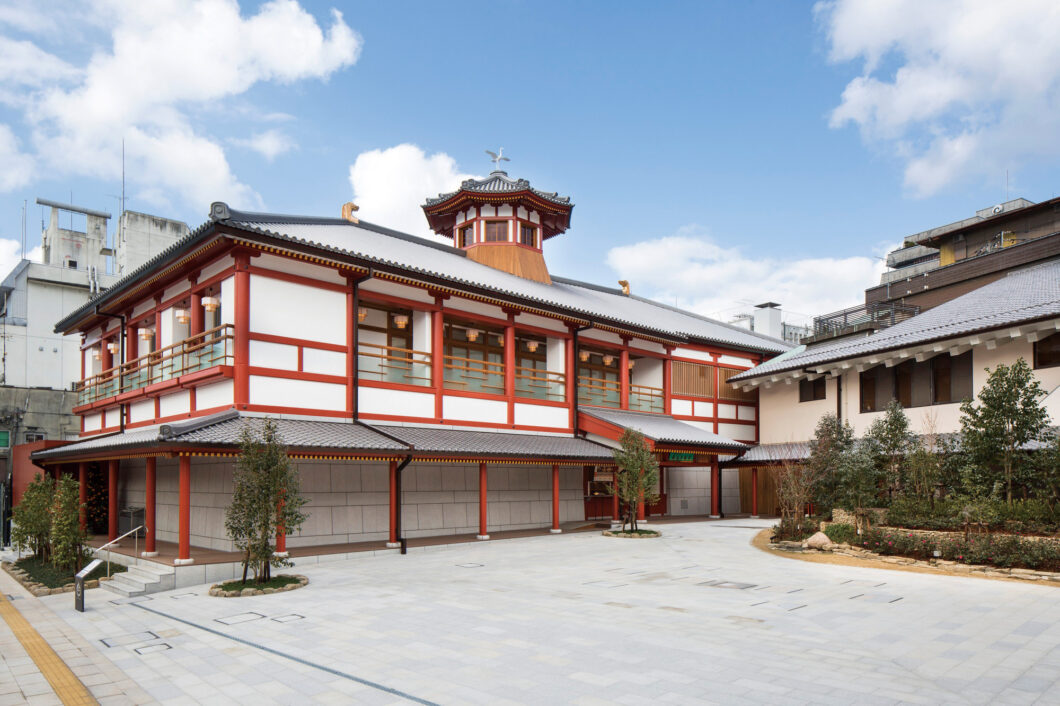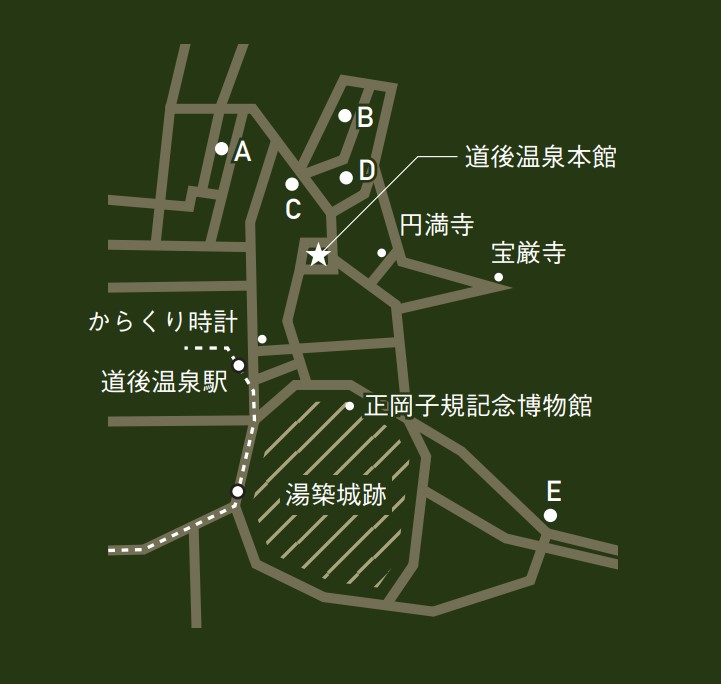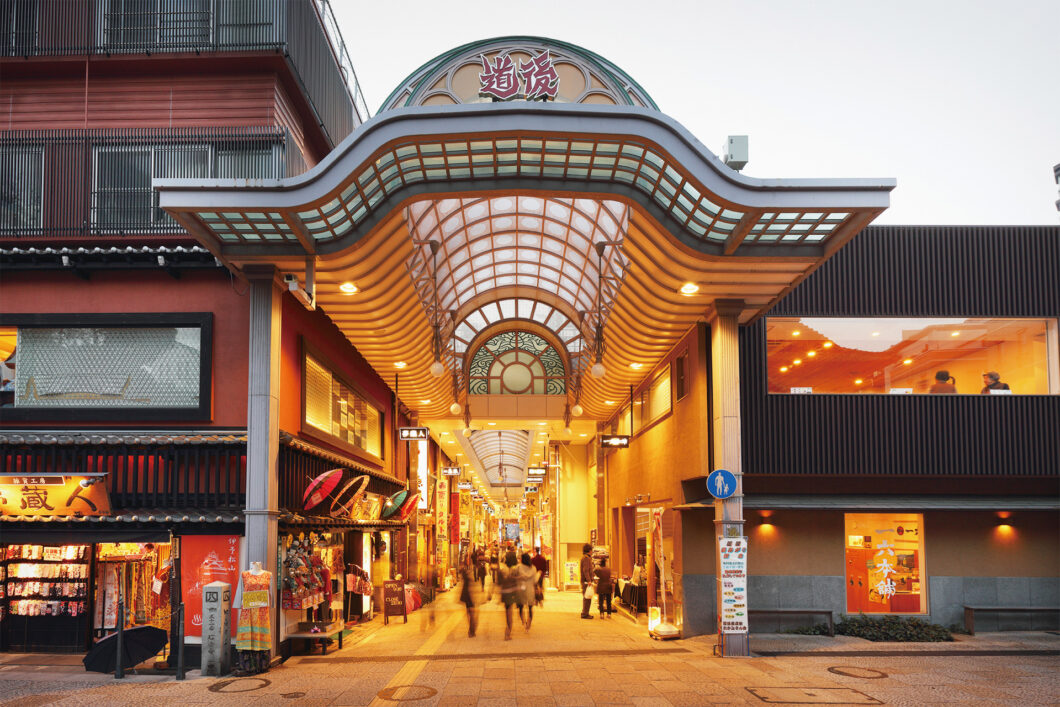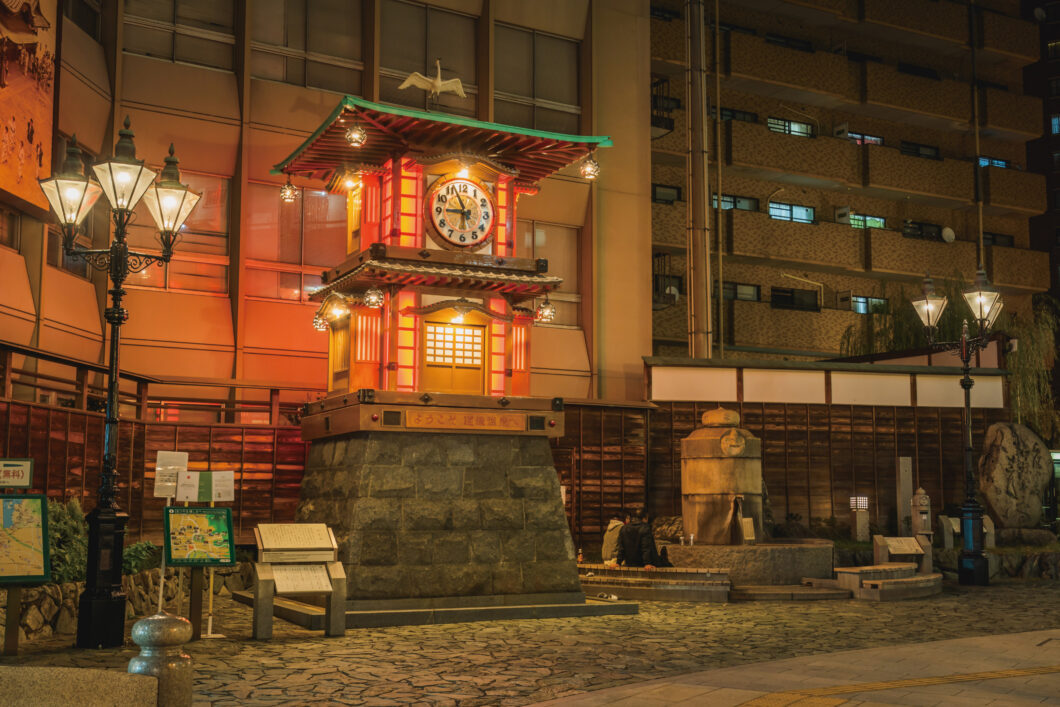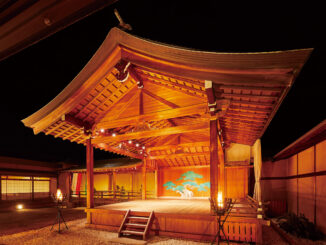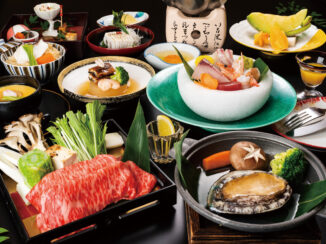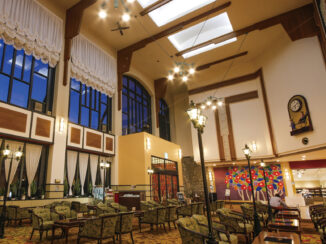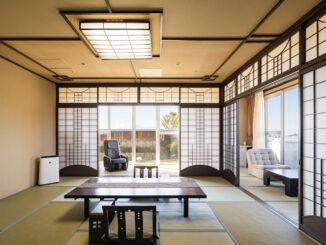Featured Articles
Dogo Onsen Main Building will reopen on July 11, 2024!
Dogo Onsen Main Building is the symbol of Dogo Onsen, the oldest Dogo Onsen in Japan, boasting a history of about 3,000 years. This public bathhouse opened in 1894 (Meiji 27). The building, created by castle carpenter Sakamoto Matahachiro, has a dignified appearance with a three-story wooden building and a turret, which were rare even at the time.
In December 1994, its architectural value was recognized, and it was the first public bathhouse in Japan to be designated an Important Cultural Property. In 2009, it was recognized as a "Modern Industrial Heritage Site" by the Ministry of Economy, Trade and Industry. In the same year, it also received the highest three-star rating in the Michelin Green Guide Japan.
The buildings are comprised of the Kaminoyu Main Building to the north, the Yuushinden building and Reinoyu building, which are rare in the Momoyama period gabled architectural style, to the east, the South Building to the south, and the Entrance Building to the west. As a result of repeated extensions and reconstructions from the Meiji period through to the early Showa period, the interior is now a complex web of narrow passageways and steep staircases, giving off a labyrinth-like atmosphere everywhere.
The Dogo Onsen Main Building, designated as an Important Cultural Property of Japan, consists of the Kami no Yu Main Building, the Shrine and Spirit Bath building, and Shinrokaku.
Kaminoyu Main Building is a three-story building completed in 1894, with Kaminoyu and a dressing room on the first floor, a large hall on the second floor, and a rest room on the third floor. It has a large irimoya-style roof and a tower (Shinrokaku) built in the style of a hogake style. The second floor of Kaminoyu is an open-air rest room, and from June to September, the shoji screens are removed and blinds are hung, creating an even more open atmosphere. At the northwest end of the third floor is the "Botchan Room," which is said to have been used by Natsume Soseki together with Masaoka Shiki when he was appointed as an English teacher at Matsuyama Middle School in 1895.
The shrine and the bathhouse of the spirits were completed in 1899. It contains the only bathhouse in Japan reserved for the imperial family. The building is a three-story wooden structure with a copper and cypress bark roof, and the Onarimon Gate is located at the front (east side). The second floor of the bathhouse of the spirits, built in the Taisho period, is a resting area, and lamps with a white heron motif are hanging from the ceiling, giving the building a modern feel amidst history.
Tama no Yu (Hot Spring of Spirits)
Rei-no-Yu is a bathroom built for the Emperor, his attendants, and government dignitaries. The bathtub is made of Aji stone, one of the three major granites in Japan, and Oshima stone, the highest quality stone mined on Oshima Island on the Shimanami Kaido, and the walls are made of marble, giving it a luxurious feel.
Yuushinden was built in 1899 and is the only bathhouse in Japan reserved for the Imperial family, and for the first time in its long history it has undergone large-scale restoration and preservation work. The sliding doors have been decorated with gold and silver leaf, and the paintings on the partitions depicting Dogo Onsen and the flowers and birds associated with the Imperial family have been vividly restored, allowing you to feel the charm of the time it was built.
Dogo Onsen Annex Asuka no Yu
Asuka-no-Yuen opened in 2017. The bathhouse incorporates the architectural style of the Asuka period, befitting Japan's oldest hot spring, where stories and legends remain, such as Prince Shotoku's visit to bathe and Empress Saimei's visit to the hot Dogo Onsen . Like the main building, you can enjoy the "Beauty Baths" that are free-flowing from the source without heating or adding water. On the roof is a turret, the symbol of Dogo Onsen , and the courtyard is a reproduction of a "camellia forest" named after the "Yunooka Inscription" that Prince Shotoku is said to have left behind when he visited Dogo Onsen.
The building features an open-air bath, an open-air bath not available at the Dogo Onsen main building, and a special bath that recreates the Matashinden bath reserved for the imperial household. You can also experience bathing in a traditional yukata called a yucho.
Camellia Bath
Dogo Onsen"Tsubaki no Yu" is a "friendly bath" with the camellia as its symbol. It is a public bath that is an essential part of the lives of Matsuyama residents. Located in the center of Dogo Shopping Street, it has a calm storehouse-style atmosphere, and the bath is made of granite and has a yukama, a kettle unique to Dogo Onsen. The entire building is L-shaped, making it a distinctive eye-catching sight. The hot spring is "direct from the source" with no heating or water added, just like Dogo Onsen Main Building.
Dogo Onsen Hotels and Sightseeing Spots MAP
A five-star inn will support you in enjoying your holiday at the main building of Dogo Onsen. This magazine features a lineup of five inns that draw their waters from Dogo Onsen. They will provide you with comfortable rooms, delicious food unique to Dogo, and more, making your trip a memorable one.
| A | Dogokan |
|---|---|
| B | Hotel Tsubakikan |
| C | Yamatoya Honten |
| D | Hotel Hanayuzuki |
| E | Dogo Prince Hotel |
Dogo Shopping Street is an L-shaped arcade stretching about 250m that connects the Iyotetsu tram's terminus, Dogo Onsen Onsen Station, to the Dogo Onsen Main Building, and is lined with about 60 shops that were renovated during the Meiji period, giving off a Meiji-era vibe. Each shop is open from 9am to 8pm, making it the perfect place to stroll around in a yukata robes.
This national historic site was developed from the ruins of Yuzuki Castle, a castle belonging to the Kono clan, a powerful clan in Iyo during the Middle Ages, and has been selected as one of Japan's 100 Best Historical Parks and Japan's 100 Most Famous Castles. It is a famous spot for cherry blossoms in spring, water lilies in summer, autumn leaves in autumn, and camellia flowers in winter, and you can enjoy Japan's four seasons and nature while strolling and listening to the birds singing.
You can see it right in front of you when you get off the streetcar at Dogo Onsen Station. It was built in 1994 to commemorate the 100th anniversary of the completion of the Dogo Onsen Main Building. At the appointed time, the lights come on and the clock rises to the sound of drums, unfolding the world of the story of the novel "Botchan." A doll dressed as the Madonna appears from the clock face and concludes with words welcoming tourists.


